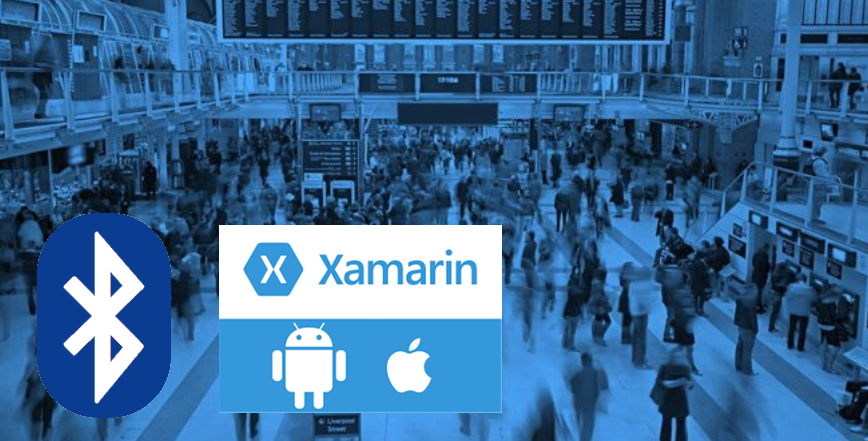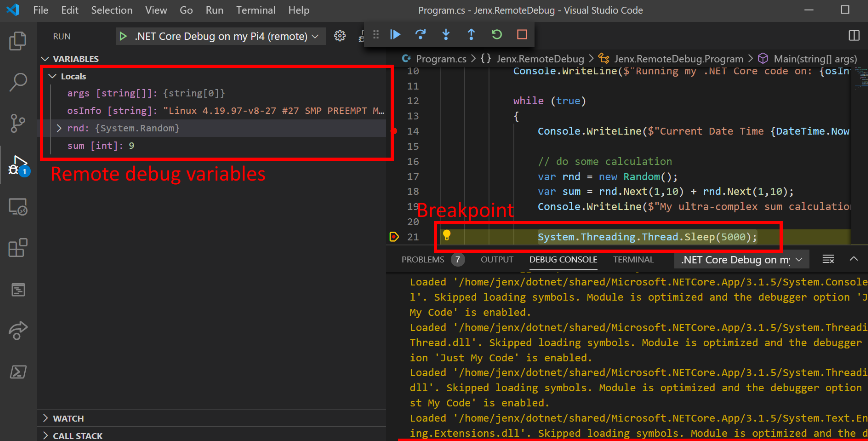C# Source Generators – a very useful new feature of C# compiler
Posted onA C# Source Generators, as Microsoft defines it, is “a new C# compiler feature that lets C# developers inspect user code and generate new C# source files that can be added to a compilation. This is done via a new kind of component that we’re calling a Source Generator.” Think of C# Source generator as […]








